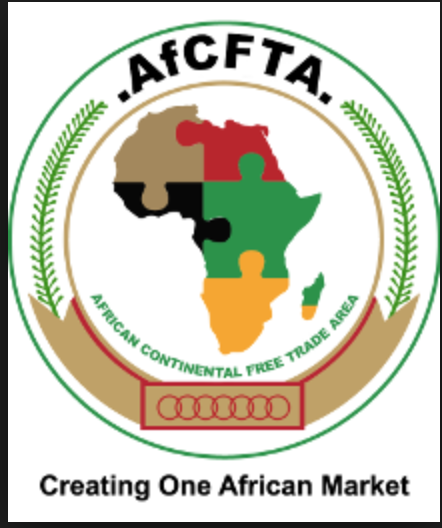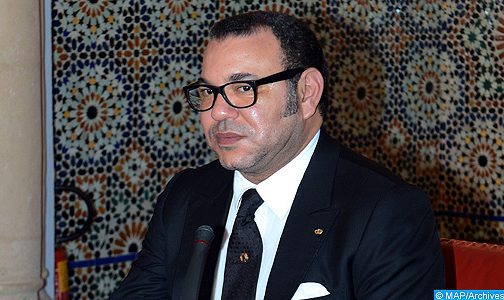The African Continental Free Trade Area (AfCFTA) marks its fifth anniversary amid growing concerns about its implementation pace and effectiveness. Despite ambitious goals to create a unified market of 1.3 billion people and generate $450 billion in additional revenue by 2035, the agreement faces substantial obstacles in translating vision into reality.
Infrastructure deficiencies pose a critical challenge, with merely 0.1% of rail connections linking African nations and 98% of maritime shipping lines under foreign control. These limitations create absurd situations where intra-African shipments may take up to six months, routing through distant ports like Singapore and Dubai before reaching their final destinations.
Development disparities among member states present another significant hurdle. The current framework’s uniform approach to market opening, requiring similar commitments from economic powerhouses like Nigeria and smaller economies like Burundi, threatens to exacerbate existing inequalities rather than foster balanced growth.
External trade agreements continue to undermine regional integration efforts, as many nations prioritize relationships with global powers over implementing AfCFTA commitments. This deviation from the original agreement, which discouraged new external trade deals before full AfCFTA implementation, reflects the complex challenges of aligning national interests with continental objectives.
Trade experts estimate a minimum decade-long timeline for developing necessary infrastructure, contingent upon sustained political commitment and substantial resource allocation from national budgets. Without addressing these fundamental challenges, the AfCFTA risks remaining an unfulfilled promise rather than a catalyst for African economic transformation.



